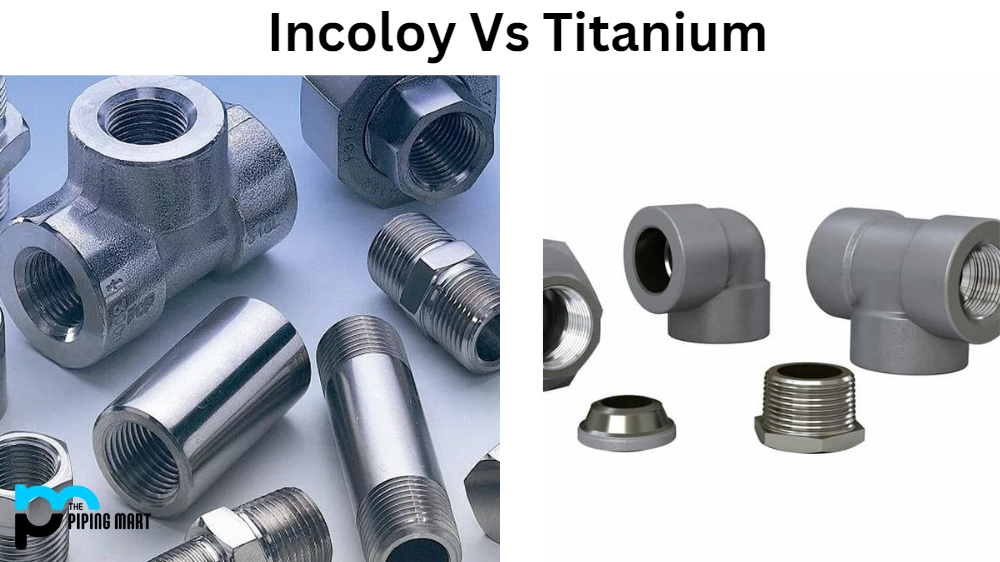Stainless steel has been one of the most common and versatile materials in the world since its production more than a hundred years ago and is now indispensable for a variety of industries. Stainless steel is an iron alloy with a chromium content of at least 10.5 per cent. Chromium impedes corrosion by forming a thin oxide film on the steel sheet. Increasing the amount of chromium provides greater corrosion resistance. Stainless steel also comprises varying amounts of manganese, carbon, and silicon. Certain elements such as nickel and molybdenum are also widely used to improve the formability and resistance to corrosion.
Another factor stainless steel tubing is used in so many specific applications is that in a broad range of sizes and designs it can be custom-made. Several suppliers are experts of a small scale, others have the machinery and technologies to develop it for use as hypodermic tubing in restricted sizes, up to very broad sizes for use as tubing and automobile hose. It’s crazy to think that when the scale varies, the same substance will have as many different purposes! Wall width, inner diameter, and outer diameter are the factors that come into play when determining the appropriate tubing size for any given use. When picked, the tube can be welded, drawn or cut in any shape.
Stainless Steel Tubing Uses
In a variety of industries, Stainless steel tubing is used. Those sectors are about as diverse as the number of available tubing components. The tubing is constructed from a mixture of alloys chosen according to whether the tubing can support industry or function. Of starters, the stainless steel alloys used for aircraft hydraulic lifts would use nickel percentages and high chromium percentages. Many manufacturers, mills, and manufacturing lines use parts made of stainless steel for their machinery and in the goods they make. In the automotive industry the use of stainless steel for tubing is popular for the manufacture of high-quality mufflers. Gas and heat lines allow stainless steel tubes to withstand the extreme pressures being forced through them.
Tubing invokes a round image but stainless steel tubing is manufactured in several shapes and thicknesses from oval and round to rectangular and round, and flat bars are also available. Any of the Tubes are often composed of coil shapes. Manufacturing, aerospace, defense, and consumer industries are purchasing extremely robust steel tubes made from the most rugged alloys. For almost all stainless steel tubing, ASTM or the American Society for Testing and Products sets guidelines to guarantee that critical companies have a fixed metric to determine the tubing they purchase. Companies that manufacture this vital product will choose to provide cut-to-length or custom tubes made according to the needs of the consumer.
Households are lined with different tubing made of stainless steel. Many of us have steel tubing in our fridges and other appliances. Household and commercial gas tubes are commonly often constructed of stainless steel tubing. If this tubing has cracked, been brittle or broken down due to heat or weathering, it may be made of galvanized steel, copper or some other metal combination, both of which have a shelf life shorter than stainless steel. Stainless steel tubing is a sweetheart to the industry, as it has outstanding resistance to high heat, high strain, salt, and other harmful elements. Stainless steel tubing is common in constructing high-quality homes and houses, as can gas leakage can be relied on.

Pipingmart is B2B portal specializes in industrial, metal and piping products. Also, share latest information and news related to products, materials and different types grades to help business dealing in this industry.




